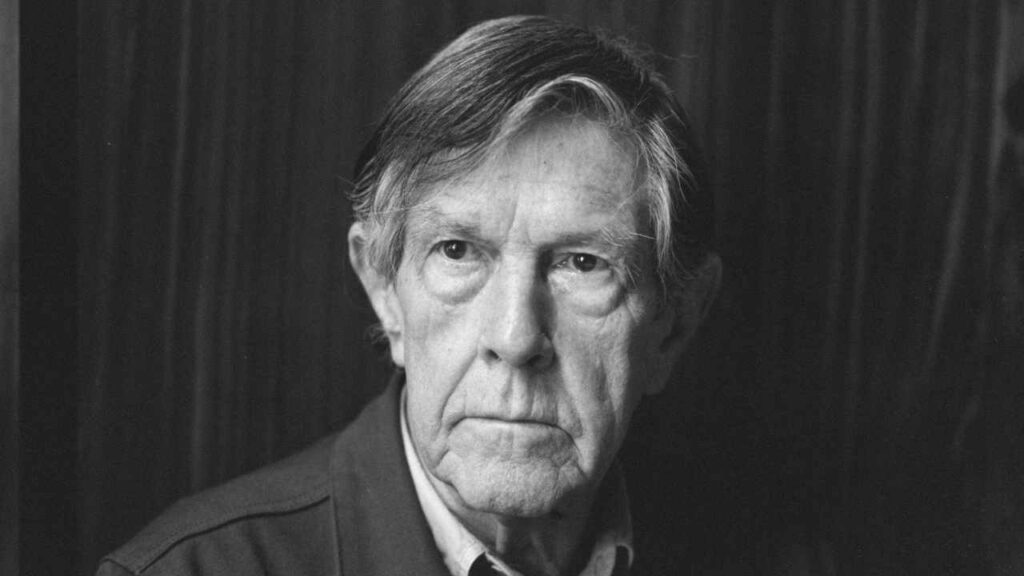Name: John Milton Cage Jr.
• Born: September 5, 1912, Los Angeles, California, U.S.
• Father: John Milton Cage Sr.
• Mother: Lucretia (Crete) Harvey
• Wife/Husband: .
Early Life
John Milton Cage Jr. was an American composer and music theorist. A pioneer of indeterminacy in music, electroacoustic music, and the non-standard use of musical instruments, Cage was one of the leading figures of the post-war avant-garde. Critics have lauded him as one of the most influential composers of the 20th century. He was also instrumental in the development of modern dance, mostly through his collaborations with choreographer Merce Cunningham, who was also Cage’s romantic partner for much of his life.
Cage is perhaps best known for his 1952 composition 4′33″, which is deliberately performed in the absence of sound; The composers who present the work do nothing apart from being present for the period specified by the title. The content of the composition is not “four minutes and 33 seconds of silence”, as is often assumed, but rather the environmental sounds heard by the audience during the performance. The
work’s challenge to assumed definitions about music and musical experience made it a popular and controversial subject both in musicology and in the broader aesthetics of art and performance. Cage was also a pioneer of the prepared piano (a piano with its own sounds or objects placed between its strings or hammers), for which he wrote several dance-related works and some concertos. The most famous of these are the Sonatas and Interludes (1946–48).
Cage’s early compositions were written in the 12-tone method of his teacher Schoenberg, but by 1939 he had begun experimenting with increasingly unconventional means of “prepared piano” (a piano modified by objects placed between its strings to create percussion and other sound effects).
Cage experimented with tape recorders, record players and radio in his attempt to step outside the bounds of traditional Western music and its concept of meaningful sound. The concert he gave with his entourage at the Museum of Modern Art in New York City in 1943 was the first step in his emergence as a renowned actor of the American musical avant-garde.
An unending interest in Eastern philosophy in the 1940s saw him initially immerse himself in South Asian writings, followed by even greater revelations with East Asian philosophy, particularly Zen. Cage’s studies helped to nurture his belief in the principle of non-involvement, in which the relinquishment of control is made possible by the use of uncertainty and chance. His ideal was to discover a creative process that would destroy any traditional sense of musical continuity: ‘giving up control so that sounds can become sounds’, as he put it.
In his works of the 1950s, together with those of three younger American composers with whom he formed a particularly close association – Earle Brown, Morton Feldman and Christian Wolff – he explored the potentialities that anatomical processes offered. To this end, he chose from a wealth of randomising means, notably both the I Ching in the epic four-section Music for 12 Radios (1951) for solo radio and Imaginary Landscape No. 4 (1951); the imperfections on manuscript paper in Music for Piano (1952–6); the maps of the sky in Atlas Eclipticalis (1961–2) for orchestra; and the computer in HPSCHD (1967–9) for seven harpsichords and tape.
Cage’s ecologically experimental spirit continued to grow in the 1960s and beyond. The “environmental extravaganza” MusicCircus (1967) incorporates everything from rock music to pantomime; HPSCHD (1967) blends computer technology with the music of Mozart, Beethoven, and Chopin. Child of the Tree (1975) calls for the amplification of a potted plant, Inlets (1977) for the sound of four conches and fire, and Il treno (1978) for “prepared trains.”
Although his career unfolded largely without the ire of the musical establishment in America, Cage became something of a beloved elder statesman of music in his later years, honored with ceremonial distinctions and concerts marking his major birthdays. He died in New York City on August 12, 1992.
